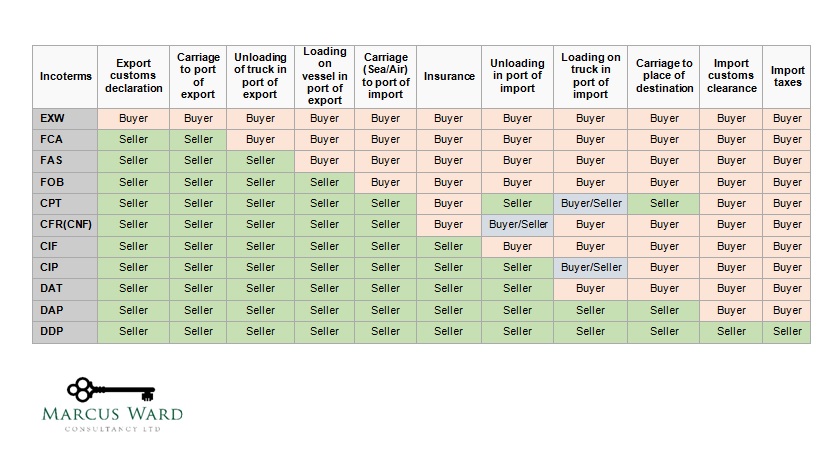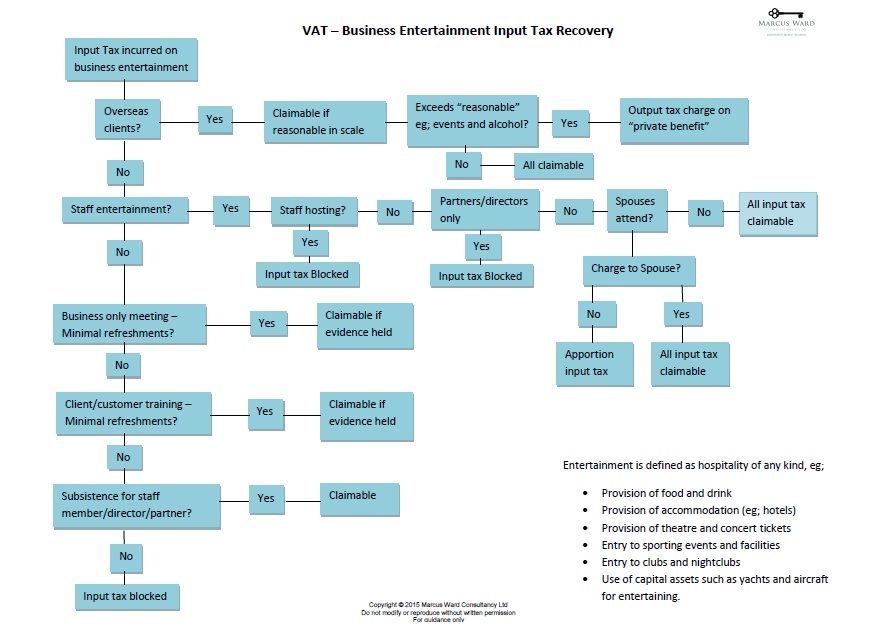In the First Tier Tribunal case of Summit Electrical Installations Ltd the issue was whether supplies in respect of student accommodation made by an electrical sub-contractor were eligible for zero rating as supplies in the course of construction of buildings designed as a series of dwellings. Alternatively, were they, as HMRC contended; standard rated supplies in the course of construction of a building used for a Relevant Residential Purpose (RRP)?
Background
The appellant was appointed as the electrical subcontractor working to a main contractor on a development known as Primus Place in Leicester. This development is a seven storey block of student accommodation comprising 140 studio flats and associated facilities. Floors one to six are similar in layout with the majority of the studio flats being the same size. There are also a number of larger studios on some floors. On the ground floor there is a communal reception, cycle store, and laundry. In addition management offices, stores, bins and plant rooms are situated on the ground floor. Each of the studio flats was fitted out with a bathroom pod (a unit including shower, sink and toilet) installed in the corner of the room. In addition there was a small kitchenette with dish washing sink, countertop, cooker, fridge and microwave. Through a doorless stud wall is an open plan sleeping area and walk in cupboard.
The planning permission was granted subject to one relevant condition which provided that at the development: “…no person other than a full time student attending the University of Leicester or DeMontfort University…shall occupy these flats at any time”.
The main contractor provided a zero rating certificate to the appellant. This certificate certified that the developer of the site intended to use the buildings for a relevant residential purpose, namely student living accommodation.
Technical
In this case the distinction between the construction of dwellings and RRPs is that sub-contractors may zero rate their supplies if the work is in respect of dwellings, but those same supplies are standard rated if what is being constructed is a RRP. It is useful to consider the distinction here.
Relevant Residential Purpose
RRP means use as:
(a) a home or other institution providing residential accommodation for children
(b) a home or other institution providing residential accommodation with personal care for persons in need of personal care by reason of old age, disablement, past or present dependence on alcohol or drugs or past or present mental disorder
(c) a hospice
(d) residential accommodation for students or school pupils
(e) residential accommodation for members of any of the armed forces
(f) a monastery, nunnery or similar establishment, or
(g) an institution which is the sole or main residence of at least 90 per cent. of its residents
but not use as a:
hospital or similar institution
prison or similar institution, or
hotel, inn or similar establishment
Clearly, by the above definition, student accommodation is deemed to be a RRP. Therefore, the Tribunal was asked to consider whether the accommodation would also qualify as dwellings, and if so, whether “designed as a dwelling” takes precedence. The definition of a dwelling is as follows (“Note 2” as referred to below).
Dwellings
A building is designed as a dwelling or a number of dwellings where in relation to each dwelling the following conditions are satisfied:
(a) the dwelling consists of self-contained living accommodation;
(b) there is no provision for direct internal access from the dwelling to any other dwelling or part of a dwelling;
(c) the separate use, or disposal of the dwelling is not prohibited by the term of any covenant, statutory planning consent or similar provision; and
(d) statutory planning consent has been granted in respect of that dwelling and its construction or conversion has been carried out in accordance with that consent.
Decision
The judge ruled that the accommodation qualified as dwellings for the purpose of zero rating such that the sub-contractors supplies could also be zero rated. This was the case even though the planning permission contained a condition restricting their use to students of the universities only. The building also qualified as a RRP but via VAT Act 1994, Schedule 8, Group 5, note 2 – designed as a dwelling takes precedence over RRP.
NB: The Tribunal also found that HMRC guidance which sets out that in similar circumstances it is the main contractor who determines which type of zero rating applies to a particular development has no basis in law. It is the responsibility of the sub-contractor to determine whether it is working on a dwelling or a RRP building regardless of the main contractor’s position.
Commentary
HMRC appeared to have relied solely on para (c) of Note 2 (above) to disqualify the accommodation from being dwellings, on the basis that the planning permission prohibited occupation by any other person than students of the universities, but the judge was having none of that. The decision was hardly unexpected, but the comments on there being no legal basis to support HMRC’s published guidance is helpful and provides clarity.
As always, when analysing supplies of construction services (plus associated goods) and transactions involving land and property it pays to get proper VAT advice. There are many traps for the unwary and the values involved are usually high. The cost of getting it wrong can be very harmful to a business.


